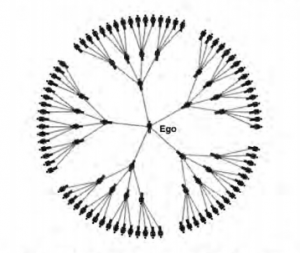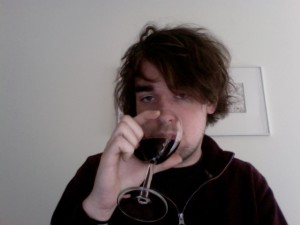The Internet has not only opened up global streams of communication, but has, and will continue to not only influence certain cultures, but through our participation, will assist future generations in archiving the past more accurately than the human race has ever been able to, to date.
For much of our recorded history, humans have progressed society in many forms through cultural appropriation. It is only alongside the rapid rise of the Internet however that this concept has received its ubiquitous term, and in turn become a far more self-conscious notion. Whereas something like music, was once heavily confined stylistically to the region in which it was conceived (Kentucky blue-grass, Ethiopian afro-beat, Southern blues), the Internet has globalized the stream of inspiration, and artists are now able to more liberally indulge in all the music that they could possibly want to find, no matter how far away they find themselves, in terms of both time period and geographical location.
One of the most interesting examples of this cultural clash/unification/blending we are seeing today is the currently trendy fad, ‘PC Music’, a genre so reliant on computers and the Internet it has taken its name directly from it. Disregarding the fact that PC music is mostly comprised sonically of electronic elements, it is a genre that would have never been conceived without computers, and particularly the Internet. The genre as a whole describes its many influences as stemming from places scattered all over the globe; Euro-pop, J-pop, K-pop (all of which are cultural genre mashes themselves), 1990s American pop, and R&B are all prominent in any list you can find online, and it usually doesn’t even stop there.
Seeing as I hope to one-day work in the field of music media production, I find it to be an extremely interesting industry to explore in relation to the Internet. Whilst the web may have paved the way for new, obscure mashing’s of traditional styles, on the other hand, the Internet can work in the opposite way, prolonging, or even bringing back old structures and formats, such as cassette tapes, which have recently heightened their popularity online. Maurice Halbwachs made the great discovery that “human memory depends, like consciousness in general, on socialisation and communication”. Today’s cassette culture is both a reaction to and a product of digital media, and ultimately, the Internet. Tapes are the embrace of something old and out-dated, intentionally obscure and marginal, almost pointless in some way, however, the Internet is a place where cassettes are allowed to flourish.
In Jan Assmann’s piece, ‘Communicative and Cultural Memory’, he discusses the “participation of groups within cultural memory” and their ability to “preserve the past”, focusing heavily on key ways in which certain groups have historically kept track of religion. He talks of “poets, and storytellers” being some of the earliest forms of building and defining cultural memory, as it was their task to take what they had seen, and spread the word, allowing others to gain insight as well. This theory ultimately sounds like the very basic fundaments of the Internet, a network on which to give and receive information, however, as Assmann clearly points out, this system is massively flawed within the tangibility of the information, when you consider that there is no way to tell by who, and when certain pieces of information have been conceived. Although still in quite early days, the Internet has, and will continue to allow humans to look back on our own collective past as a society. The extremely beneficial thing about that is that we are able to gather all of the subjective points of view, and stories that exist surrounding any one subject, and hold on to all possible conclusions.



